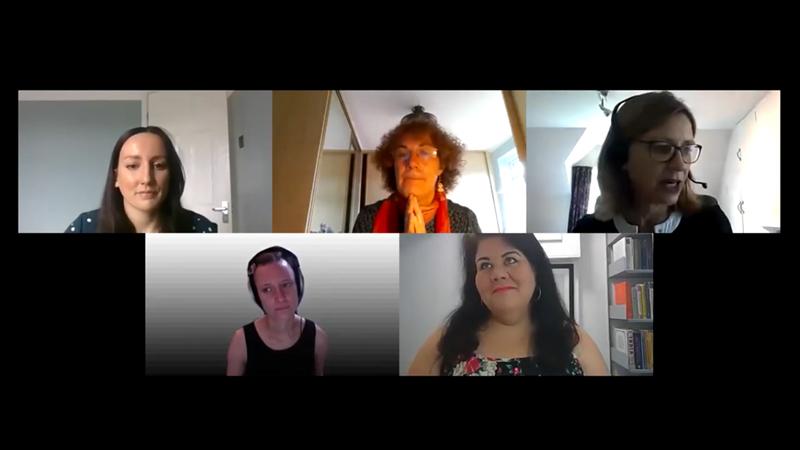Professor Pippa Catterall, Professor of History and Policy at the University of Westminster, took part in a panel discussion about women’s safety in public space for New London Architecture on 25 June.

During the event, Professor Catterall spoke alongside the Mayor of London’s Night Czar Amy Lame, Stephanie Barton from engineering group WSP and lighting expert Satu Streatfield. In her remarks, Professor Catterall welcomed the London Women’s Night Safety Charter and suggested five additional points that ought to be addressed.
The first point she highlighted was the necessity of impact assessments on changes in infrastructure and design of public space to examine whether these have affected safety, so as to develop a database of knowledge about design factors and their effects. She also spoke about the value of using heat maps to pinpoint areas where women feel safe or unsafe to help to inform interventions and improve these spaces.
In her third point, Professor Catterall discussed the need to address crowding and lighting issues in places which are known to feel particularly unsafe, such as public transport. She also stressed the importance of more research into the perpetrators of gender-based violence and harassment, and of encouraging men to be upstanders not bystanders in response to it. An example of a way to achieve this is through trainings like the University of Westminster’s Green Dot active bystander training programme, where participants are able to learn the basics of bystander intervention and the principles of safely intervening in situations of power-based violence.
In her final point, she said that the onus should not be on women for their own safety. Instead, she said there needs to be a total place approach that brings together planning, lighting, policing, licensing and community engagement to address issues in places which are known to feel unsafe.
In her concluding remarks, Professor Pippa Catterall said: “It has been long known that men and women experience and move about cities in very different ways, but we still design, plan and build as if this is not the case. Recent murders of too many women – of whom Sarah Everard is simply the most well-known – have highlighted the continuing need to tackle this issue if we are to make public spaces safer for women, not least after dark.”
The discussion with New London Architecture expands to her recent research with Arup, where she co-wrote a new report exploring the relationship between queer communities and public spaces. The report calls for an urgent rethink of how towns and cities are designed and provides recommendations for how they can be made more inclusive for all.
Watch the full panel discussion on the New London Architecture website.


